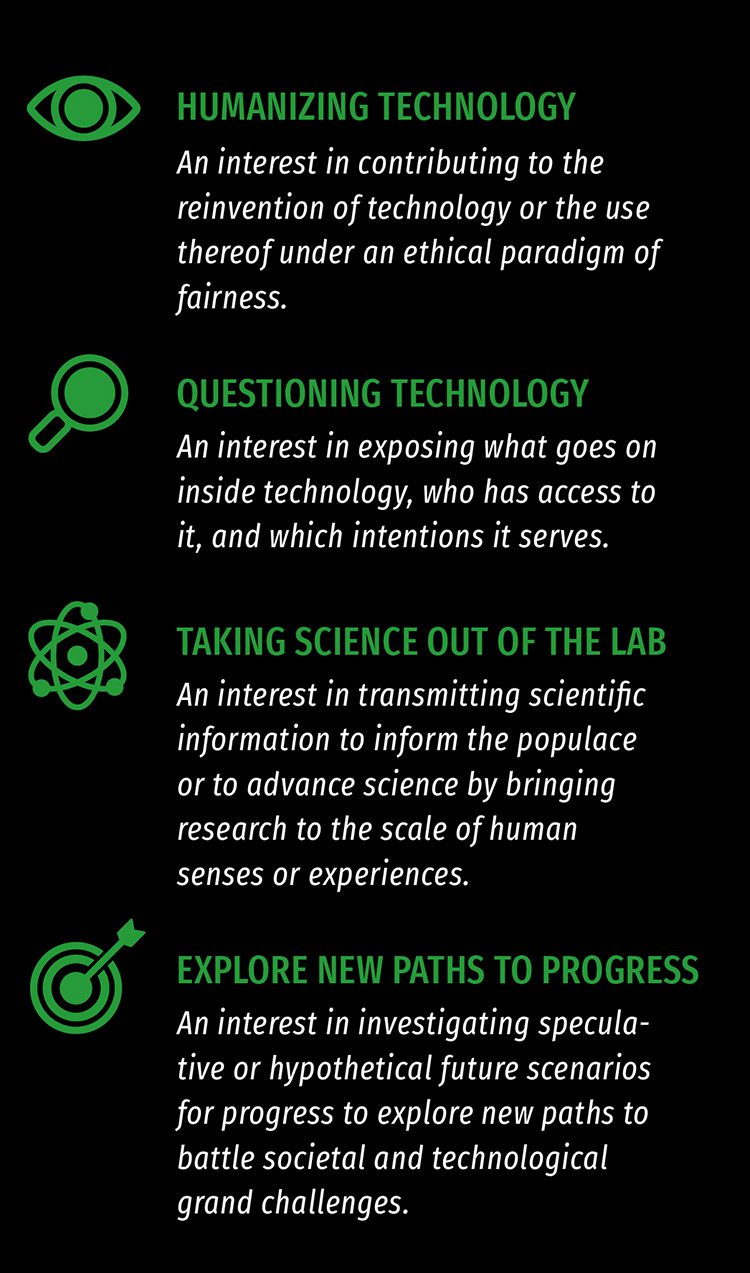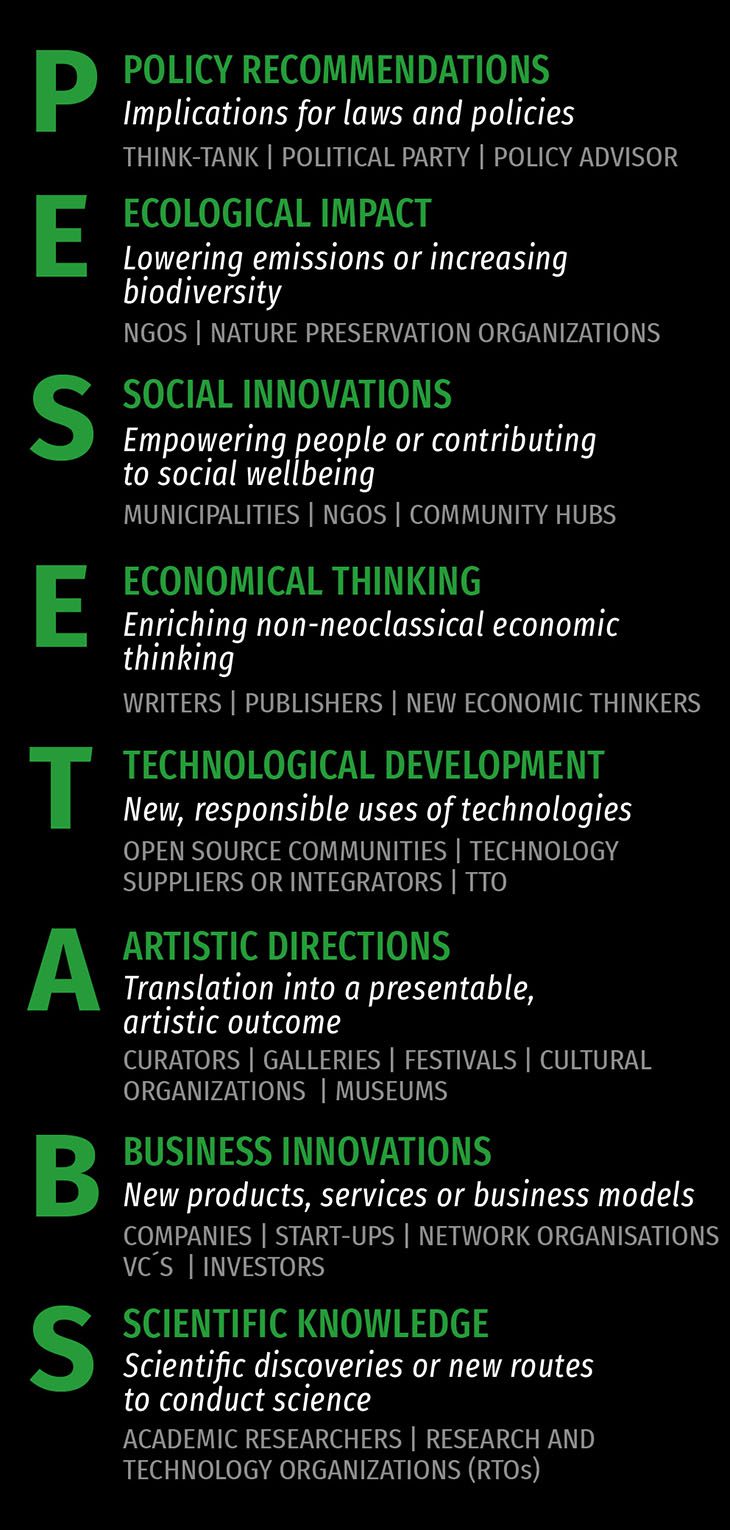With the growth of technology also the access that people have to it changes, and it changes the capabilities and the opportunities technology offers to artists. That is why it can be very interesting to reflect on technological artworks from the past and to adapt or translate such works using current means. This is the starting point for the collaborative project of V2_ and In4Art in which a work from the archive of V2_is re-enacted.
TAST
Dutch artist Marnix de Nijs proposed to re-enact the work Telephonic Arm Wrestling that Norman White and Doug Back originally realized in 1986 and showed at V2_ in 2011. Telephonic Arm Wrestling deals with questions like: How to communicate touch over a network? What does it mean to feel touch from a distance? It also questions communication patterns in the context of current topics and politics. Almost 35 years later, Marnix de Nijs will re-enact the work with TAST.
TAST, an acronym for Transnational Activation of Simultaneous Touch, is an investigation into tactility and how we can play with our senses as explorers of new perceptions.
In our current covid-19 time frame, it is challenging to re-enact a work that addresses the absence of our tactile senses in online interaction. The internet is very well equipped to communicate text, image and sound, but the communication of touch over a network has not been explored much outside the academic world. How do we transfer the feeling of friendship, comfort, warmth, love, or sexuality over digital distance? How can we extend our bodily sensations? Bearing in mind that sensory perception also changes through our use of technology.
Telephonic Arm-Wrestling (1986) is a collaborative telecommunication work by Norman White and Doug Back. The idea was to allow contestants in two different cities to arm-wrestle, using motorized force-transmitting systems interconnected by a telephone data link. The Telephonic Arm-Wrestling device enabled participants located in two separate sites to arm-wrestle using motorized mechanisms which transmit and receive kinaesthetic information via telephone modem signals. The original work was made on telephone signals, in 2011 the re-installation used ethernet, It was intended to be installed both in the White House and the Kremlin so that the presidents (Reagan and Gorbatsjov) could settle their disputes through arm wrestling rather than argument.
About Marnix de Nijs
Marnix de Nijs (NL) is an artist who works on the body-machine relationship. In his work, he explores the dynamic clashes between bodies, machines and technology in contemporary society. He shows how contemporary technological culture acts upon our senses and continuously shapes our modes of perception. Many of his artworks are interactive experience machines that play with the perception of image and sound. Since the mid 90’s, he has been a pioneer in researching the experimental use of media and technologies in Art. Impelled by the idea that technology acts as a driving force behind cultural change and therefore capable of generating new experiences where societal habits and communication are rethought, his work thrives on the creative possibilities offered by new media, while critically examining their impact on our contemporary society.
This will be the second residency. In the first re-enactment residency, Dani Ploeger reenacted the work Amplified Body by Stelarc with B-hind.
References:[1] V2_ Archive – Telephonic Arm Wrestling (1986 & 2011)[2] Marnix de Nijs (2020) Proposal Re-enactment TAST
Picture retreived from source [1]
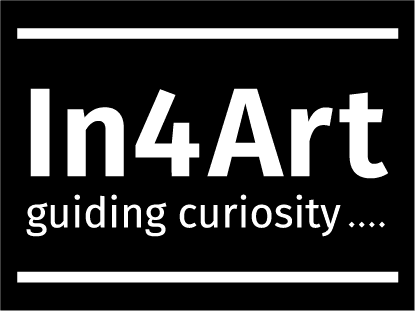
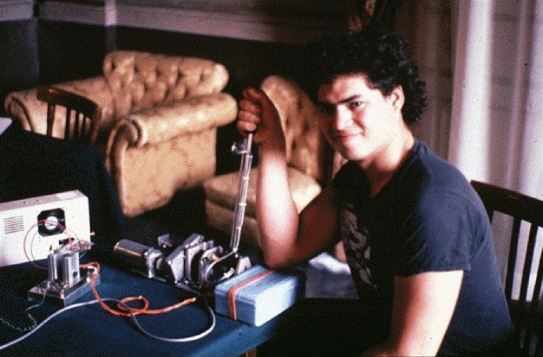
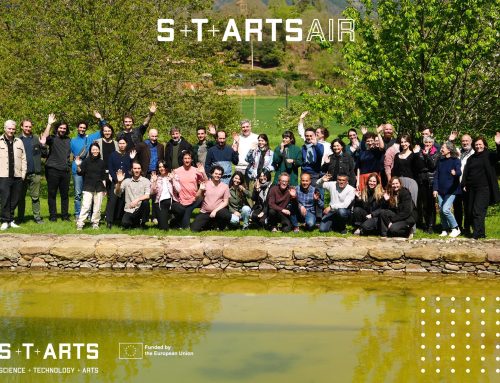
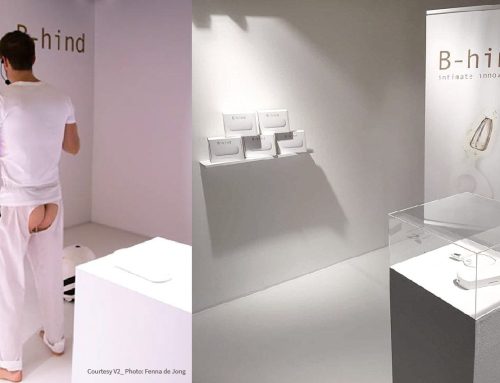
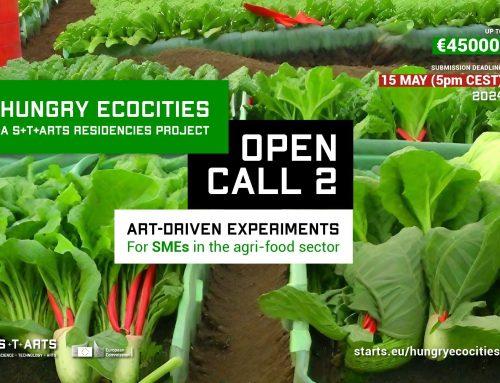
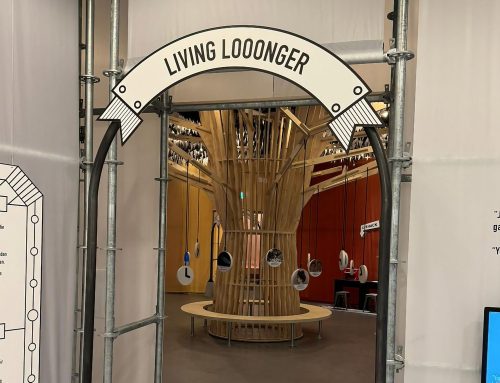
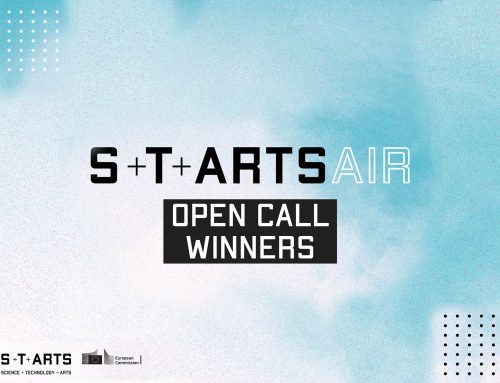
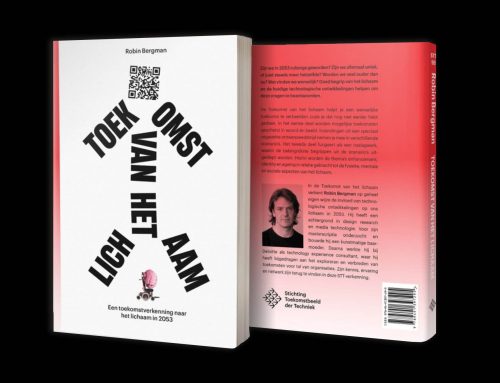
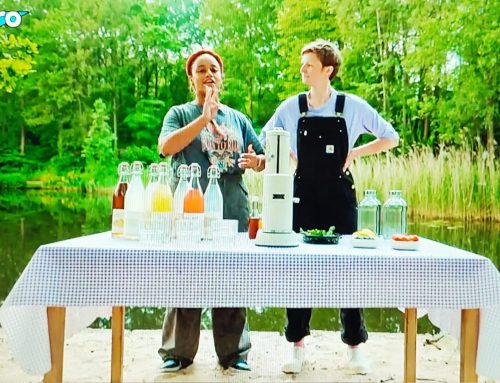
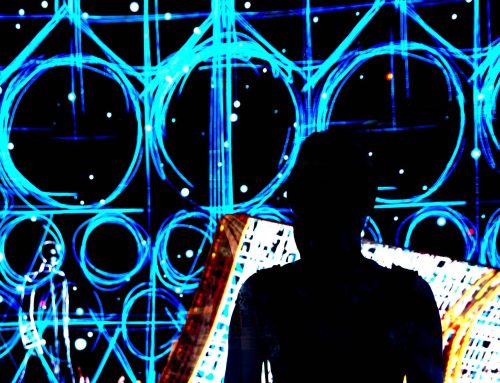
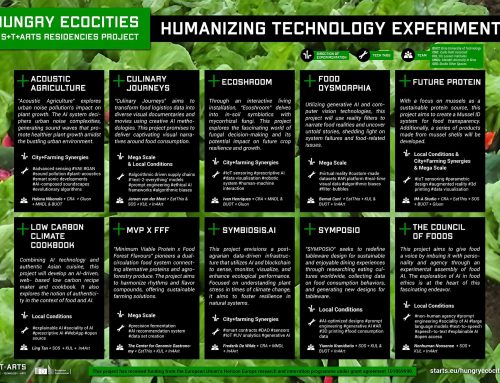
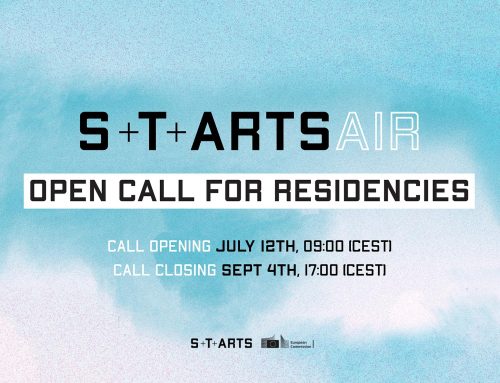
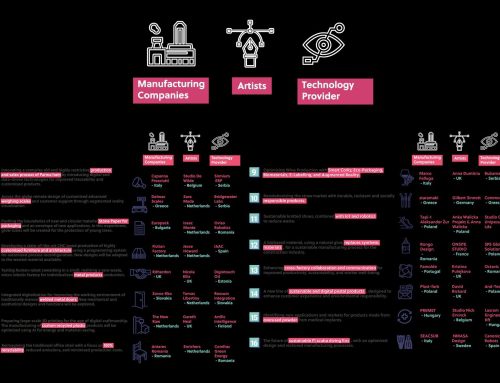
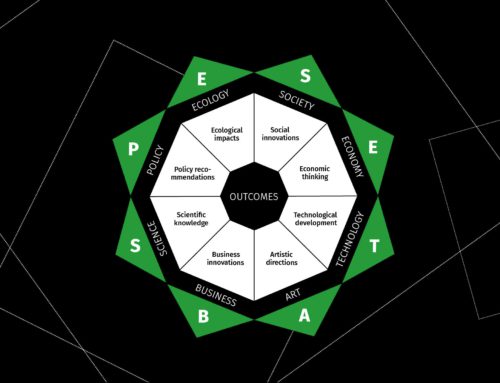

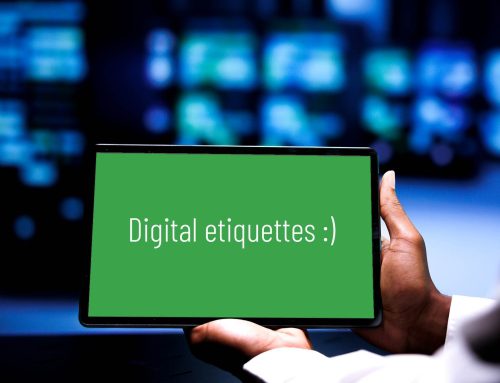
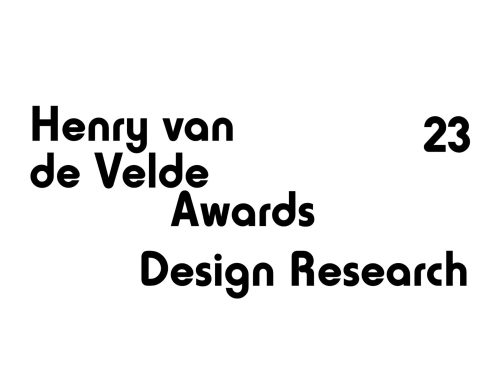
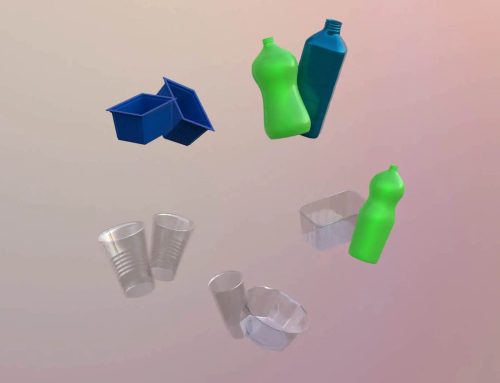
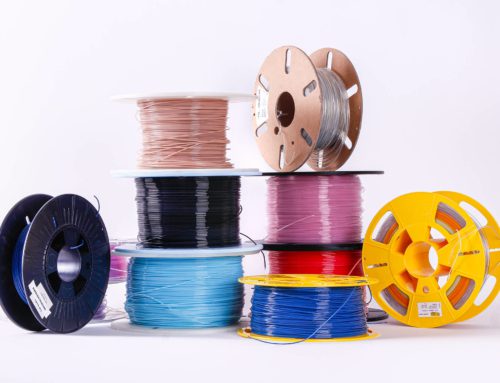


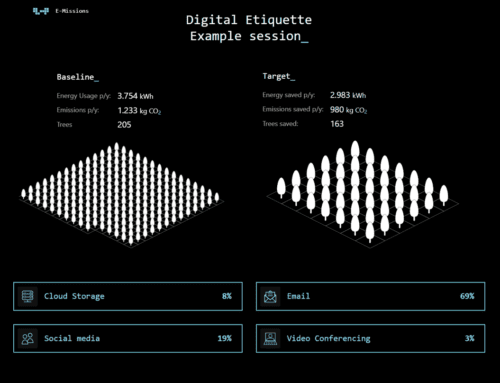


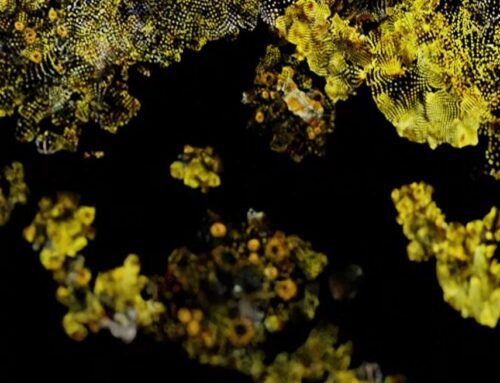
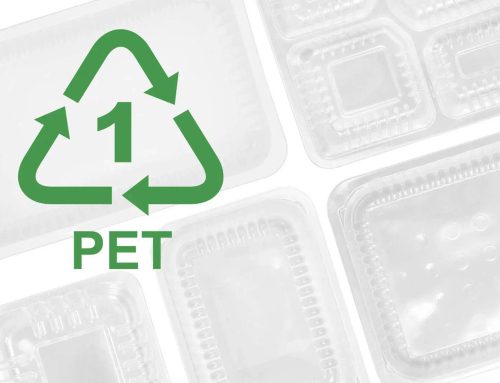
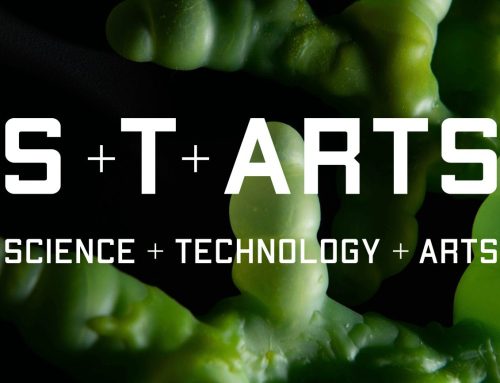


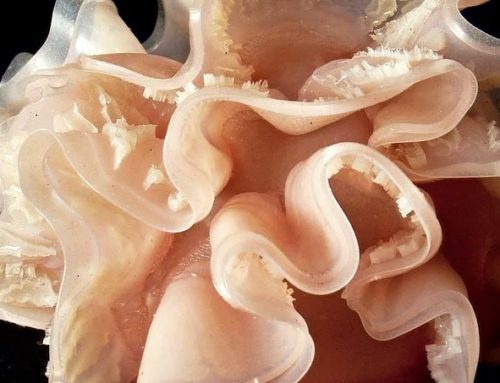

![Get ready to experience Transnational Activation of Simultaneous Touch [TAST] – 19 May 2022 – 22 May 2022 at V2_ in Rotterdam](https://b2035236.smushcdn.com/2035236/wp-content/uploads/2022/04/TAST-Marnix-de-Nijs-500x383.jpg?lossy=1&strip=1&webp=1)


